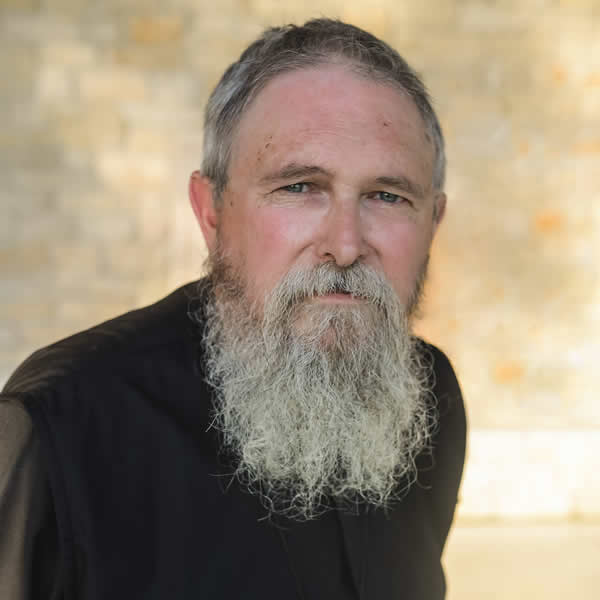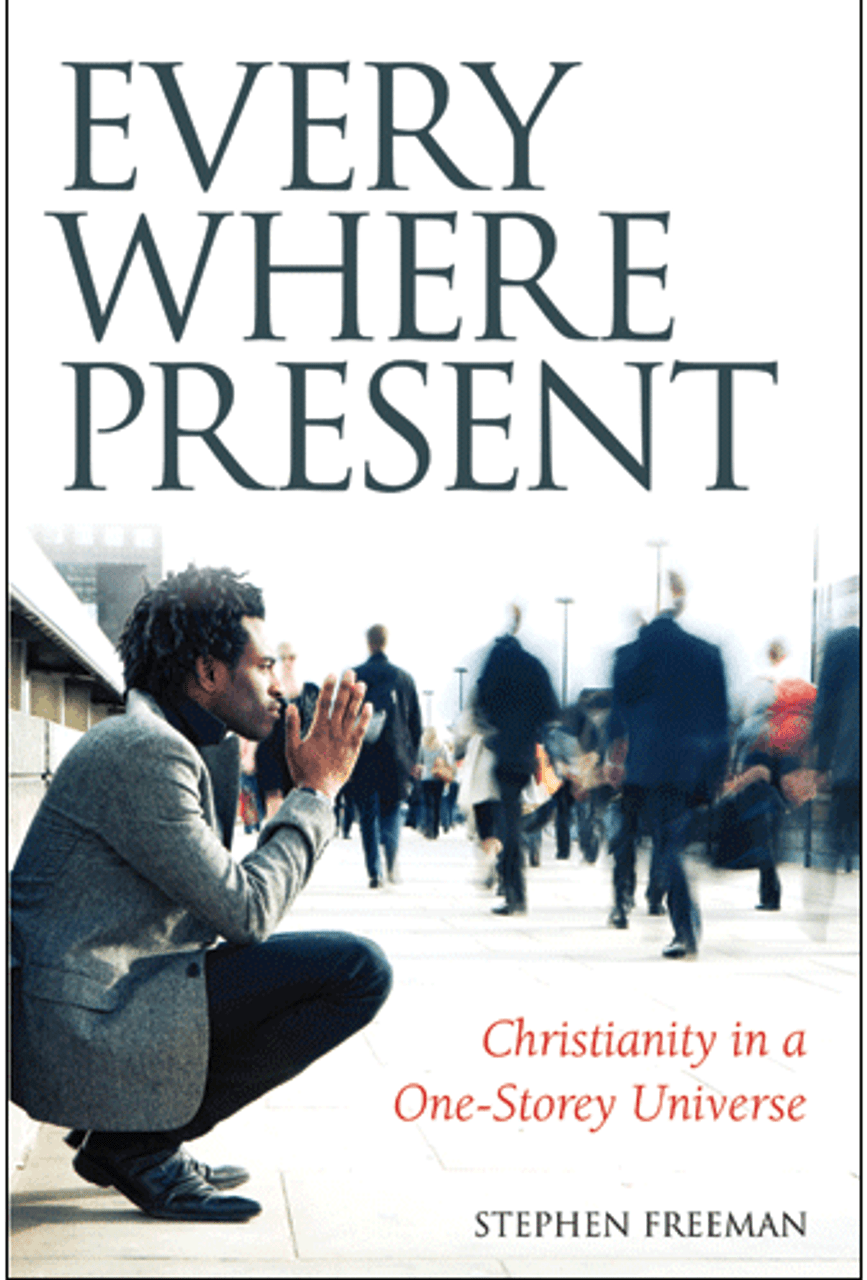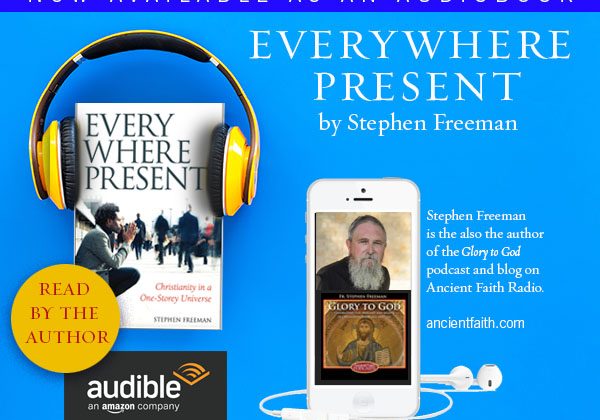 The journey to Pascha is nearly complete. This weekend the Orthodox celebrate Lazarus Saturday and Palm Sunday, marking the beginning of Holy Week. I sat in the tomb of Lazarus last year, located in Bethany. It is not a very long journey from there to Jerusalem.
The journey to Pascha is nearly complete. This weekend the Orthodox celebrate Lazarus Saturday and Palm Sunday, marking the beginning of Holy Week. I sat in the tomb of Lazarus last year, located in Bethany. It is not a very long journey from there to Jerusalem.
Perhaps one of the most striking features of Holy Week and Jerusalem is simply how small everything is. All the events that mark that make up Holy Week took place within a very small walking-distance. The salvation of the world – on the stage of this world – was quite intimate and compact. This is fitting. For the point at which our salvation itself occurred is small indeed – the Hades into which our Lord, God and Savior, Jesus Christ entered is infinitesimally small.
Very striking is the relatively short distance between Golgotha and the tomb of Christ. We are told in Scripture that the tomb was nearby. Today, Golgotha and the tomb are under the same roof, with Golgotha situated high in a corner of the Church, and the Sepulchre standing in what would pass for a Narthex in most Orthodox Churches.
Standing before the altar built over the very place of our Lord’s crucifixion, I was stuck by the fact that there is an icon beneath the altar. It is the icon of Christ the Bridegroom which will be placed in the center of Orthodox Churches at Matins on the evening of Palm Sunday. I took it to be a “road sign.”
There is a path from Golgotha to Pascha – Pascha cannot be reached other than by this path. The Bridegroom icon marks the direction of the path (thus the road sign). In the architecture of the Church of the Holy Sepulchre, dictated by the actual historical sites located under its roof, one must travel down from the Cross (it was in the corner of a quarry in a place called ‘the place of the skull’ (Golgotha). I would estimate the Cross to be nearly two stories above where the tomb stands and at a distance of perhaps 200 yards (my guess). In the Church, the pilgrim descends stairs back into the main body of the Church in order to approach the tomb.
In life the path is similar – but the icon indicates the way. The journey from the Cross to Pascha (Pascha being marked by the emptiness of the tomb and the fullness of our existence) goes through the Bridegroom. In that icon we see Christ in His humiliation. “Like a lamb who before his shearers is mute so He uttered not a word.”
 To reach Pascha from the Cross, we must go through the Cross and follow the Bridegroom to Hades and in His resurrection, follow Him out of that dark place into the brilliant light of the brightness of Pascha.
To reach Pascha from the Cross, we must go through the Cross and follow the Bridegroom to Hades and in His resurrection, follow Him out of that dark place into the brilliant light of the brightness of Pascha.
St. Paul instructs us to “empty ourselves” by having among us the “mind of Christ” – but the “mind of Christ” precisely in His humility (Philippians 2:5-11). And so the journey of Holy Week has its path clearly marked.
The services are long. The weakness that eventually threatens to overcome us all (“I don’t think I could stand up for another minute”) is itself a physical union with the sufferings of Christ. Holy Week is exhausting. So was the work accomplished on the cross – exhaustion to the point of death. Thus in Holy Week we are conformed to the image of Christ on the cross – including His weakness.
It is time again to forgive one another. If I stand with the humble Bridegroom and hear His words of humility: “Father, forgive them for they know not what they do” (he offers no blame), how can I not with Him readily forgive all who have reason to hate me, or who hate me for no reason at all, or whom I hate (sinner that I am) even though their sins against me justly invite my wrath? Do I even dare to think of justice when the judgment of God looms so near? No, forgiveness can and must be given now! Rush to forgive – tell them quickly that their debt has been reduced or even taken away.
The coins with which we must purchase oil for our lamps as we follow the Bridegroom into His bridal
 chamber, can only be obtained by giving away the currency of our self-righteousness and the wealth of our grudges.
chamber, can only be obtained by giving away the currency of our self-righteousness and the wealth of our grudges.
As Fr. Sophrony would note – we can only follow Christ to His Pascha by traveling downwards.
The journey up is made by going down. We go down to His death and His humility so that we may rise with Him in the glory of His compassion.
Behold, the Bridegroom comes. Blessed is that servant whom He shall find watching!






Leave a Reply